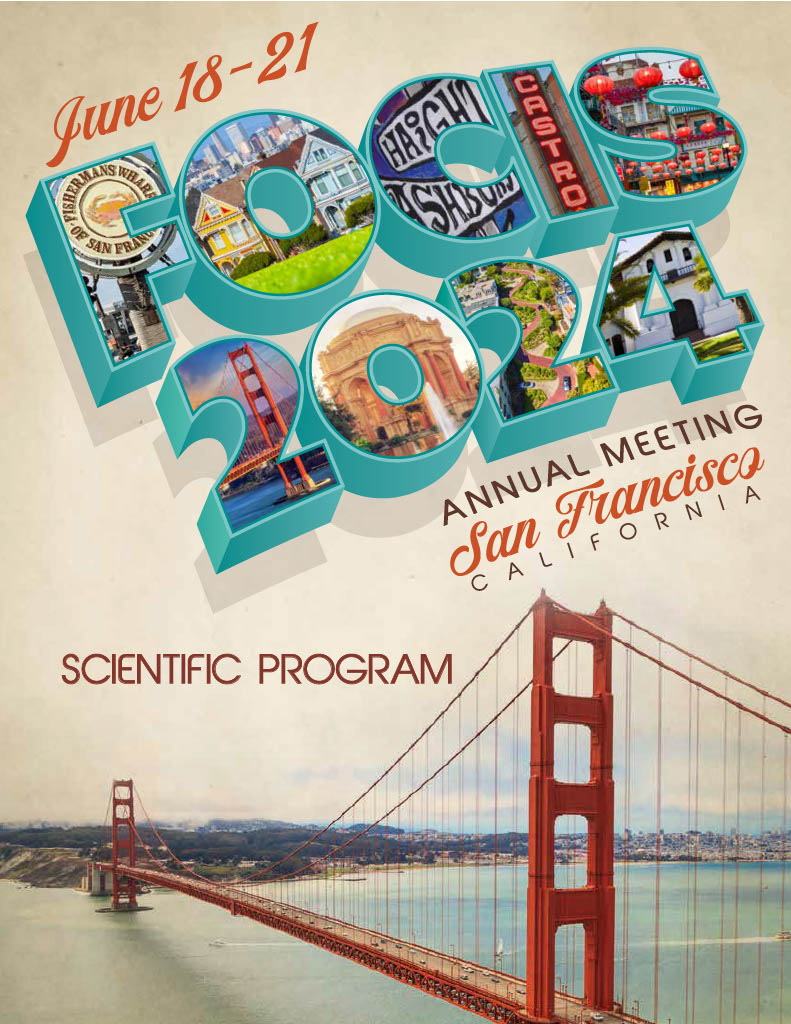Back
Stem Cell and Organ Transplantation
Session: Immune Mechanisms
The Role of Recirculating Regulatory T Cells in Thymic Regeneration
Thursday, June 20, 2024
3:45 PM – 4:00 PM PT
Location: Salon 8
- AL
Andri Leo Lemarquis, MD, PhD
Postdoc
Memorial Sloan Kettering Cancer Center
New York, New York, United States
Presenting Author(s)
Abstract Text: T cells play a crucial role in adaptive immunity and rely on a functional thymus. Although the thymus harbor’s endogenous ability to regenerate itself, it is highly sensitive to damage and acute involution which contributes to treatment-related morbidity and mortality. We have identified a specific population of Tregs that undergo expansion after injury (sublethal total body irradiation (SL-TBI, 550 cGy), cyclophosphamide, dexamethasone, LPS, and MCMV). These cells were observed to mediate thymic regeneration in depletion models using Foxp3DTR mice, and adoptive transfers of Tregs in injury models. Using RAG2GFP mice in injury, we found that the expansion was primarily due to RAG2GFP- cells. Parabiotic RAG2GFP to RAG2GFP models confirmed that these RAG2GFP- cells were actively recirculating after injury and adoptive transfer of RAG2GFP- Tregs had superior regenerative capacity compared to RAG2GFP+ Tregs. We applied machine learning preprocessing methods to single-cell RNA sequenced RAG2GFP- thymic cells, revealing distinct gene regulatory networks enriched for factors of regeneration and cell stability. One of the top factors of regeneration was amphiregulin. Using a Foxp3CreYfp-Amphiregulinfl/fl mouse model, we demonstrated a Treg-specific Amphiregulin-dependent impairment in thymic regeneration after injury. In the human thymus, we observed an analogous recirculating population of Tregs with expanded TCR clonotypes using single cell sequencing. CITEseq identified CD39hiICOShi as markers of these putatively analogous human recirculating Tregs—markers that could be used to identify these human Tregs by flow cytometry, demonstrating their Amphiregulin secretion upon stimulation. Overall, our findings reveal a conserved Treg-amphiregulin axis mediating thymic regeneration in both mice and humans.

